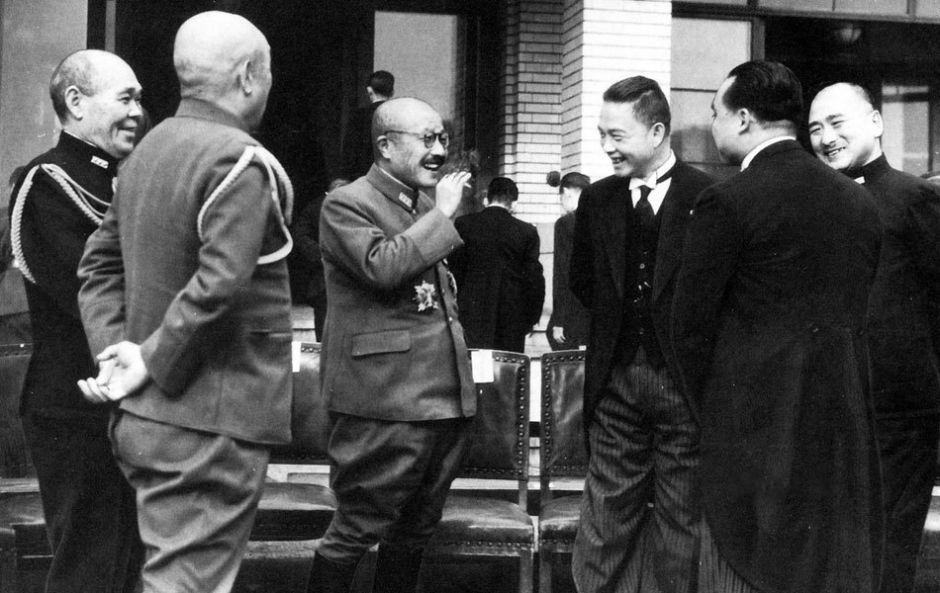Currency War!

As part of an ongoing project on finance in war, my latest at the Diplomat looks at some of the chicanery that Japan tried in China during the Second Sino-Japanese War…
Having only a fledgling defense industry, China required hard currency in order to purchase weapons not only for the continuing civil war against the Chinese Communist Party (CCP), but also for funding an anticipated future conflict against Japan. Most importantly, it required a stable, convertible currency in order to knit the disparate provinces together and offer legitimacy in the face of challenges from both the CCP and the Imperial Japanese invaders. Reserves of metal and U.S. dollars enabled the Nationalist government to stabilize prices and maintain its own currency. Nevertheless, China suffered from bouts of hyperinflation as different provinces mined and printed currency.
By 1937 the physical security of China’s remaining silver reserves had come under threat from the Imperial Japanese Army, further motivating the Nationalist government to export silver to the United States. As the war proceeded and Japan occupied a greater portion of Chinese territory, it began to offer its own regional fiat currencies, intended to replace the yuan and limit the extent of international and inter-regional trade. Because these currencies were not backed by metal or by any other reserve, they were not convertible into any foreign currency, and could only be used for trade with Japan. This thus represented a clever effort to redirect Chinese resources into the Japanese empire, while at the same time undercutting the legitimacy of Chiang Kai-shek’s regime in Chongqing.


